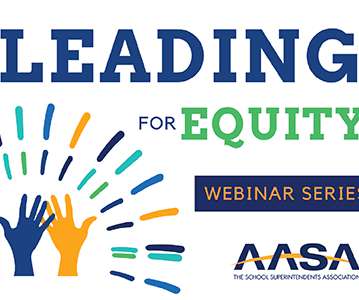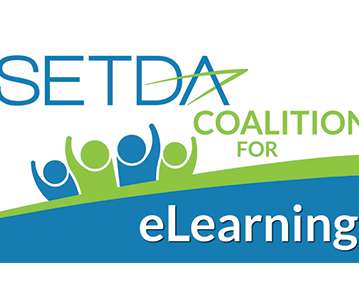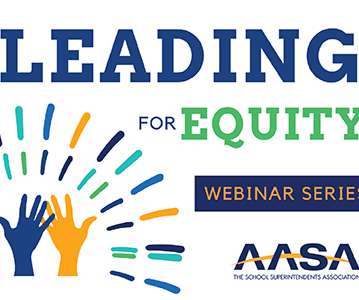9 Great Nonprofits to Support School Leaders
Tom Murray
FEBRUARY 4, 2017
During my time as a public school employee, I’d occasionally hear about educational organizations that were working to support schools in some capacity. Founded in 1865, AASA is the professional organization, comprised of over 13,000 educational leaders in the United States and throughout the world.




















Let's personalize your content